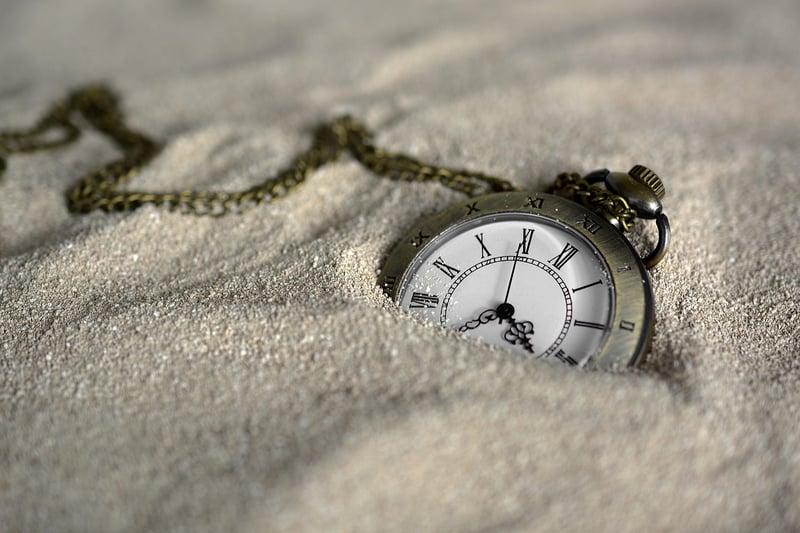Temporal Loops
Exploring Consequences and Temporal Loops in Fiction
When it comes to storytelling, two popular narrative devices that often captivate audiences are consequences and temporal loops. These elements add depth, complexity, and intrigue to a storyline, keeping viewers or readers on the edge of their seats. Let's delve into what consequences and temporal loops entail and how they are used in fiction.
Consequences in Fiction
Consequences in fiction refer to the results or effects of a character's actions or decisions within the story. These outcomes can be positive, negative, or a mix of both, shaping the narrative and influencing character development. By exploring consequences, writers can create a sense of realism and cause-and-effect within their fictional worlds.
For example, in a classic hero's journey narrative, the protagonist's choices and behaviors lead to various consequences that drive the plot forward. These consequences can impact not only the main character but also secondary characters and the overall story arc, adding layers of complexity and emotional resonance.
Temporal Loops in Fiction
Temporal loops, on the other hand, involve a time-bending concept where a specific period or event repeats itself either indefinitely or for a finite number of iterations. This narrative device often raises thought-provoking questions about fate, free will, and the consequences of altering the past or future.
One of the most famous examples of temporal loops in fiction is the movie "Groundhog Day," where the protagonist finds himself trapped in a time loop, reliving the same day repeatedly. Through this device, the story explores themes of personal growth, redemption, and the significance of how we choose to spend our time.
Exploring the Intersection
When consequences and temporal loops intersect in fiction, storytellers can create compelling narratives that challenge audience expectations and offer unique perspectives on cause and effect. Characters may find themselves caught in a cycle of actions and repercussions, struggling to break free from the constraints of time and destiny.
By weaving together the themes of consequences and temporal loops, writers can craft intricate plots that invite readers or viewers to ponder the interconnected nature of choices, outcomes, and the passage of time. Whether used separately or in tandem, these narrative devices have the power to immerse audiences in rich, thought-provoking storytelling.

Next time you engage with a story that explores consequences and temporal loops, pay attention to how these elements shape the characters' journeys and the overall narrative. You may find yourself drawn into a world where actions reverberate across time and space, leaving a lasting impact on the characters and the audience alike.
Remember, in the realm of fiction, the choices we make and the paths we take can lead to unforeseen consequences and unexpected twists, showing us that the fabric of storytelling is as complex and fascinating as the intricacies of time itself.
